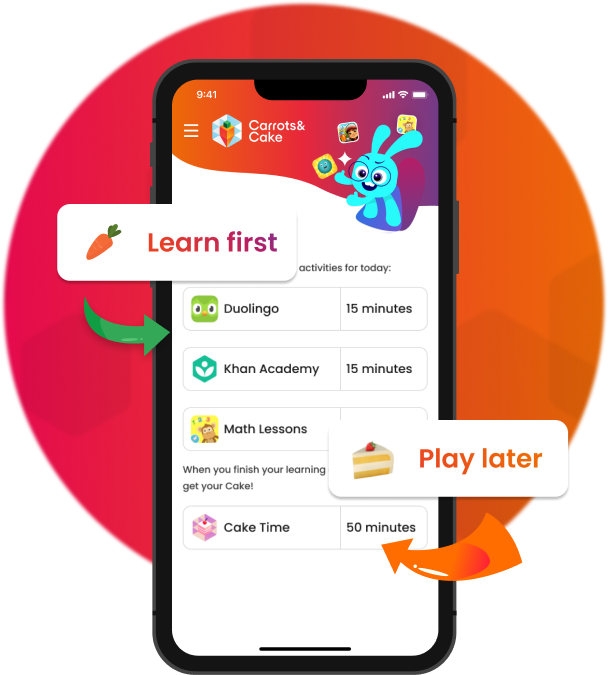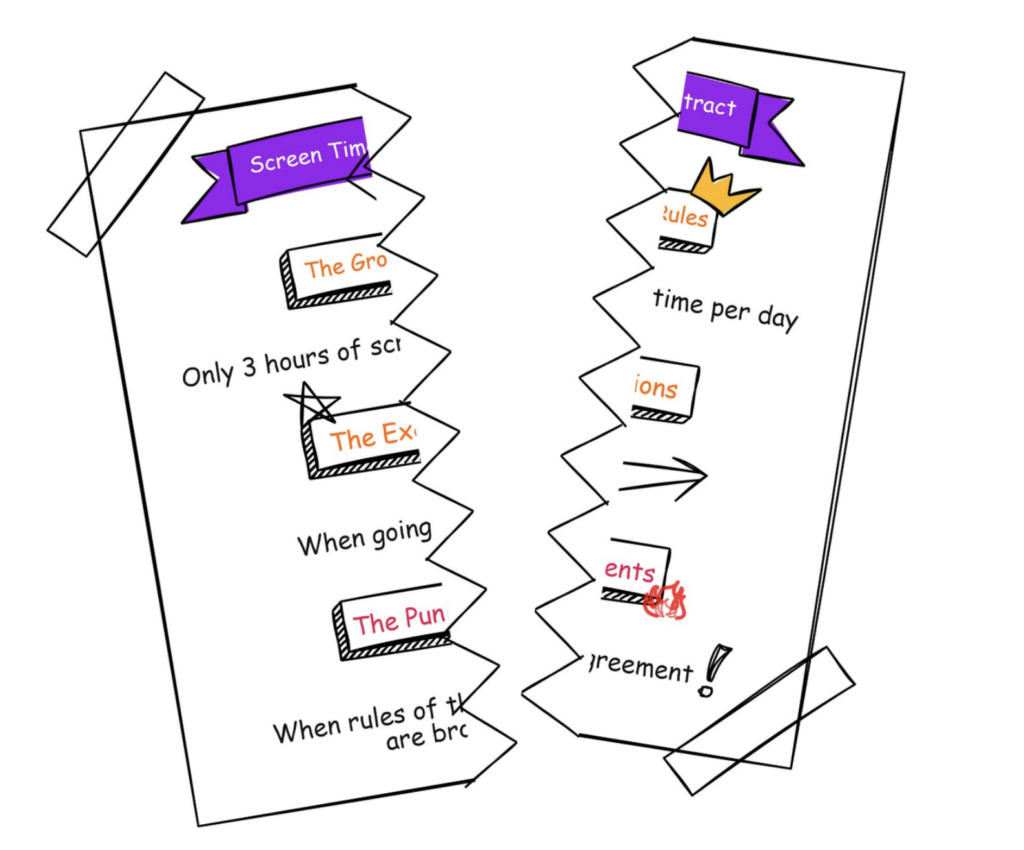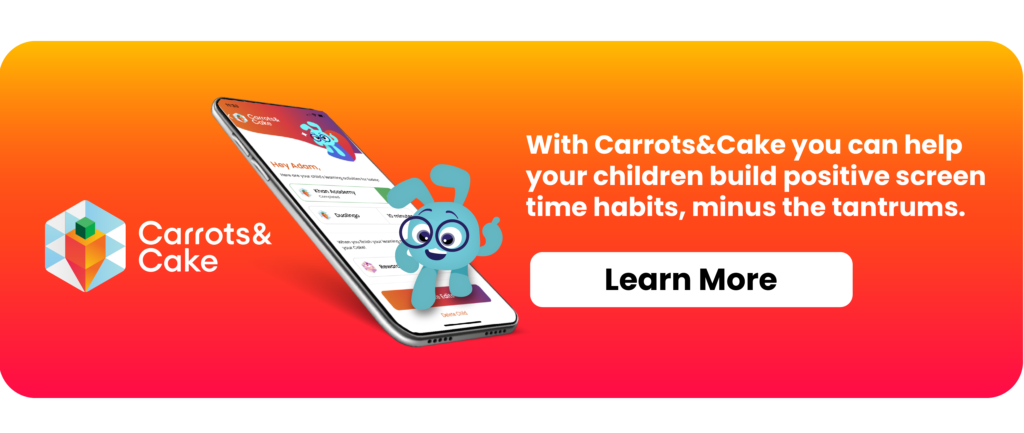


Video games started entertaining Americans back in the 1970s. Even with simple animations and storylines, children and adults alike were captivated. Arcades quickly became popular meeting spots and it was soon apparent that video games had the potential to take up large chunks of people’s time and money.

Today’s games offer rich alternate universes, multiple characters, and intricate plots. They entice audiences and then hold their attention in a constantly adapting, reward-based environment that makes it difficult to disengage. Gaming is one of the most popular features of social media sites. They can be played on handheld game devices, PCs, and smartphones.
Video game addiction is recognized as a process addiction, meaning it is compulsive in nature and comparable to gambling. In both addictions, the rush of winning is one of the main motivations for continued play.
According to a study published in the journal Addictive Behaviors in 2021, gaming disorder affects more than 19% of males and 7.8% of females.
The Diagnostic and Statistical Manual of Mental Disorders (DSM-5) does not currently recognize video game addiction. Still, the World Health Organization has categorized gaming disorder as a condition in the International Classification of Diseases (ICD-11).

Yes, a Massive Multiplayer Online Role-Playing Game is an immersive game that involves role-playing and is distinguished by its persistent and evolving world and the large number of players interacting online. In these games there is no ending. Players have the ability to continuously explore and play with no end goal. That makes it much more addictive than other games.
Video games are designed to be addictive. Game designers look for methods to make their games more engrossing so that players spend more time playing.
Today’s games are social. People who have difficulty interacting in person find they can socialize more easily online.
Borders don’t matter. You can play with someone who lives in a different country just as easily as you can play with someone across the street.

And because games are such a large part of players’ social lives, the fear of missing out becomes much higher.
Games that keep players hooked are designed to be just difficult enough to keep them challenging while still allowing players to attain tiny "wins" that encourage them to keep playing.
In this way, video games are like casinos. Casinos allow gamblers minor "wins" that urge them to keep betting.
Let’s look at the popular game Candy Crush. In this game, when a player zaps four candies in a row, those candies disappear. Candy cascades down from above, creating matches. Affirming words like "Sweet" or "Delicious" appear on your screen at the end, accompanied by a voice reading them to you seductively. These types of affirmations are crucial to the player's immersion. They activate a consistent dopamine release that engages the pleasure sensors in the brain. Video games are considered a High Dopamine Activity.
"Positive rewards are the main reason people become addicted to things," says Dr. Kimberly Young, an expert on the internet and gaming. "When you play the game, you feel better about yourself."
This refers to the timer on the screen that tells you a reward is coming if you keep playing a little longer. The reinforcement schedule causes players to feel that they will miss out on something if they stop playing. This incentivizes players to continue playing and resist stopping.
Sex, horror, and violence create an excess level of dopamine in the brain. This causes players to feel thrilled and excited. Integrating taboo material into addictive games results in players having an even higher dopamine release level, increasing addiction levels.
1. The high score
The high score or completion percentage is a video game’s most instantly recognizable hook. Attempting to beat the top score (even if it is the player's own) can keep a player enthralled for hours.

This is because people crave achieving a level of mastery. Often this is to feel a stronger sense of mastery in their own lives.
2. Beating your rival
Gamers use the internet to compete with friends and other players worldwide. Online competitive gaming comes in a variety of forms. Some games require players to create clans to fight against other players, others, such as Fortnite, adopt the "last man standing" model.
The goal is to climb the scoreboard, gain credibility, and receive bragging rights.
3. Beating the game
This "hook" cannot be found in online role-playing games but can be found in most other games.
As players "level up" or find the next hidden hint, their ambition to beat the game grows.
Role-playing games allow players to design their characters and embark on adventures unique to that specific character.
Introverted people may find that connecting with "actual" peers can be avoided by communicating primarily with other online gamers, posing as characters with awe-inspiring talents and gifts.
As a result, the player develops an emotional connection to the character, making it difficult to put the game down.

This can help the players, quite literally, escape reality.
A variable ratio schedule is a plan that reinforces a behavior after a randomized number of responses.
For example, a child receiving a sweet after reading 3-10 pages of a book is an example of a fixed-ratio schedule. After reading 5 pages, 3 pages, 7 pages, 8 pages, and so on, they are awarded candy.
Even if they are not instantly reinforced after reading one page, the unpredictable reinforcement drives them to keep reading.
This strategy results in high, consistent response rates. People persist in an activity in the hope that their next response will be the one that results in reinforcement.
This strategy is used in lottery games.
Science tells us that everything that gives you a rush of pleasure activates the mesolimbic dopamine pathway, which comprises neurons in the brain.
Each neuron has a synapse that connects it to another neuron.
The synapse releases a large amount of dopamine when children play video games.
When this continues for hours on end, the brain becomes exhausted. To conserve energy, the brain will eliminate some dopamine receptors that would otherwise catch the dopamine—a process known as downregulation.
As a result, the child now requires more dopamine to achieve the same level of pleasure.
When a child is forced to stop playing, they develop fewer receptors and produce less dopamine, a condition known as withdrawal.
It can take children 2 to 4 weeks to regulate back to their previous sensitivity. This is known as detoxification.
The Entertainment Software Association says the number of American gamers increased from 214 million to 227 million, and 55% claimed they played more during the pandemic.
Gaming has been described as a stress relief, a diversion, and a chance to spend time with friends and family whether they live in the same house or across the globe.

According to surveys, gaming during lockdown made people happier and less isolated.
However, data suggests that more people are gaming excessively to cope with worry, despair, and other pressures from the pandemic.
While most gaming will be harmless, there are many examples of people who have let their health, money, and jobs deteriorate because gaming became their only way of coping with their troubles.
Healthy screen time balances High Dopamine Activities and Low Dopamine Activities.
Dr. Clifford Sussman, a child psychologist and psychiatrist, advises that HDA activities should not last longer than 30 minutes at a time for kids younger than six-years-old and not longer than one hour for older kids.
He also recommends integrating Low Dopamine Activities into their routine.
Children don't have a strong sense of time.
This is why they get upset when they're told their screen time is up, because it didn't feel like an hour to them.
Setting a timer system where an alarm buzzes after 15 minutes helps them better understand the passing of time.
By assisting your child in picking a Low Dopamine Activity after using their screens (which are High Dopamine Activities), you can help your child regulate better.
Keeping a list of Low Dopamine Activities for your child to refer to when they're "bored" can help.

After your child breaks the contract, which will happen eventually, the contract becomes useless. You can no longer use that type of agreement in any other aspect of your life.
By practicing screen-free days, you can help your child decrease the amount of stimulation and decreases their dopamine tolerance.
Screen time has addictive qualities, but parents can equip their children with better device practices and knowledge to help them navigate screens in a thoughtful and healthy way.







